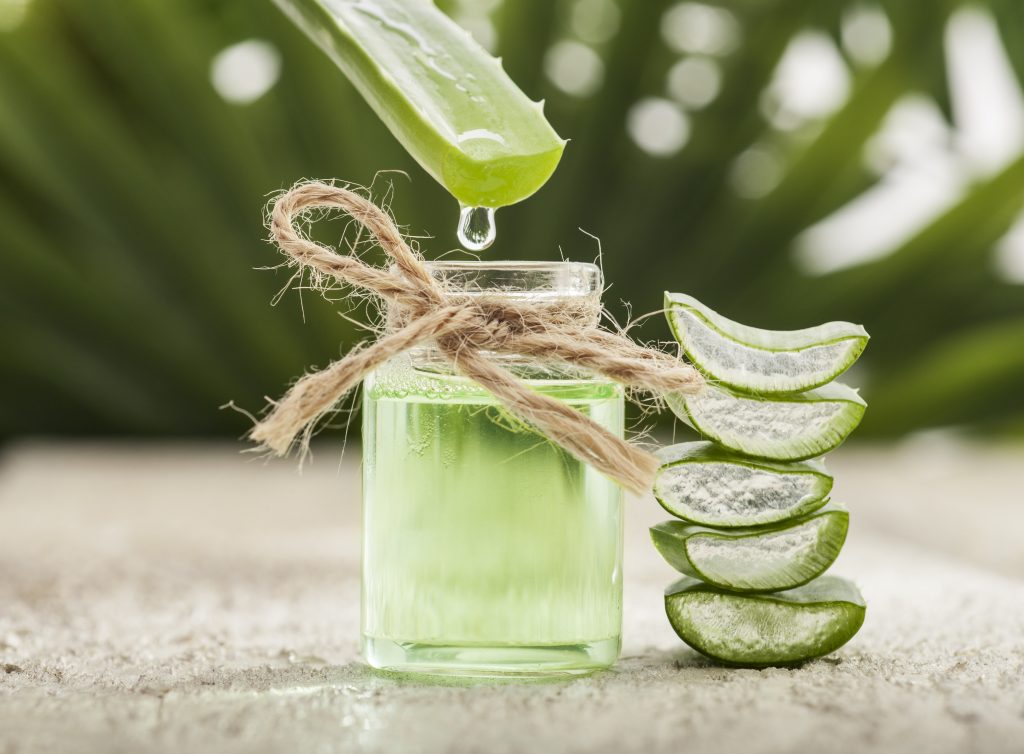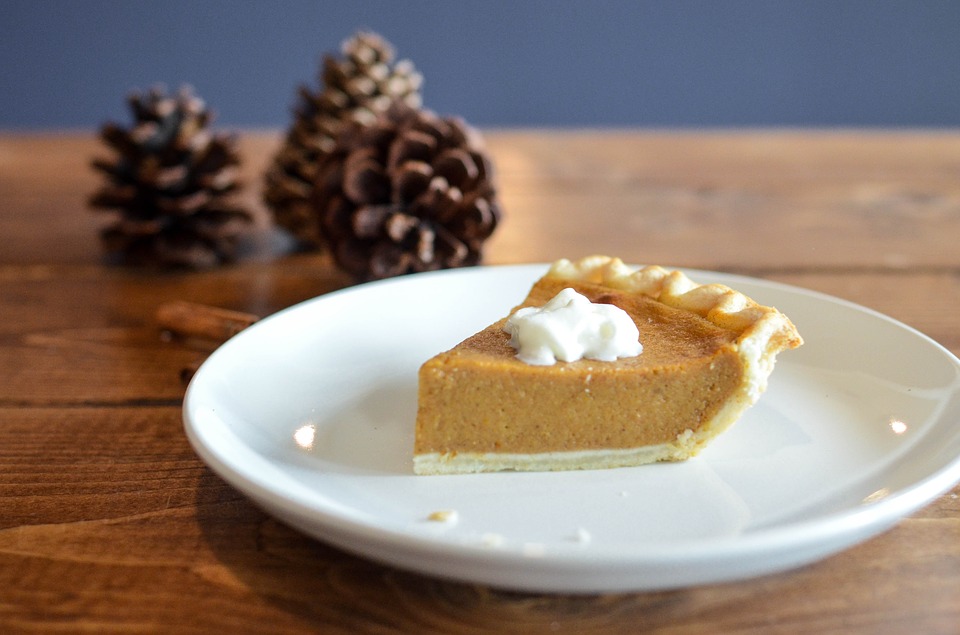
Many of us don’t realize how much of a role environment, emotional state and spirituality play in our current health status. Understanding these connections can be especially helpful during the peak of cold and flu season. To fully grasp this “cause-and-effect,” it’s a good idea to have a larger perspective on the following contributing factors to illness.
Emotions
The late psychologist Abraham Maslow, Ph. D., said that aside from basic survival and safety needs, we possess an innate drive to belong, develop self-esteem and actualize our authentic selves. While it might seem that exposure to more people is an invitation for illness, a study found the exact opposite: According to the researchers, people with one to three social “roles,” such as a parent, child and friend, are more than four times as likely to get sick than those with six or more social roles.
This may stem from the relationship between your immune system and the self-esteem you get from your interactions with others. The more positive social interactions you experience, the greater your self-esteem and the more you enhance your immune system’s functions.
Spirituality
Spirituality can be broadly defined as the things you hold important and sacred, and the relationships you form with others and with the world around you. Boundary setting is one of the most important aspects of spirituality; it is especially important if you want to create a meaningful and fulfilling life.
The boundaries you set are codes of conduct relating to how you behave toward yourselves and others. For instance, how you eat, work, exercise, and live all reflect your individual boundaries. All of these actions have a profound effect on your health and sense of well-being.
Environment
Your body actually has two distinct environments that interact with one another: the internal, and the external. This is something you should always be mindful of. In the external environment there are sources of noise, stress, toxicity, temperature and mood affecting weather, and volumes of work or exertion to complete. All of these things affect your health directly by influencing the nervous system and your immune systems.
Internally, your body’s chemical environment has a large bearing on weather germs are allowed or prevented from inhabiting your bloodstream. This makes it important to consider the ways your internal environment is manipulated by the foods you select, your sleep cycles, and the kinds of thoughts you allows to take up residence in your mind. Both positive and negative ideas can have a big influence on your choices and behaviors each day.
When all is said and done, illness can be caused by a wealth of seemingly insignificant factors that affect the whole person. Various strains of colds and viruses have different dimensions. This is because humans are also multidimensional. Recognizing this fosters the understanding and application of emotional, spiritual, and environmental cause and effects of sickness. This comprehension and practice allows you to prevent colds and flus from affecting you.
FREE Whole Health Consultations available.
888-354-4325 Take charge of your health!





